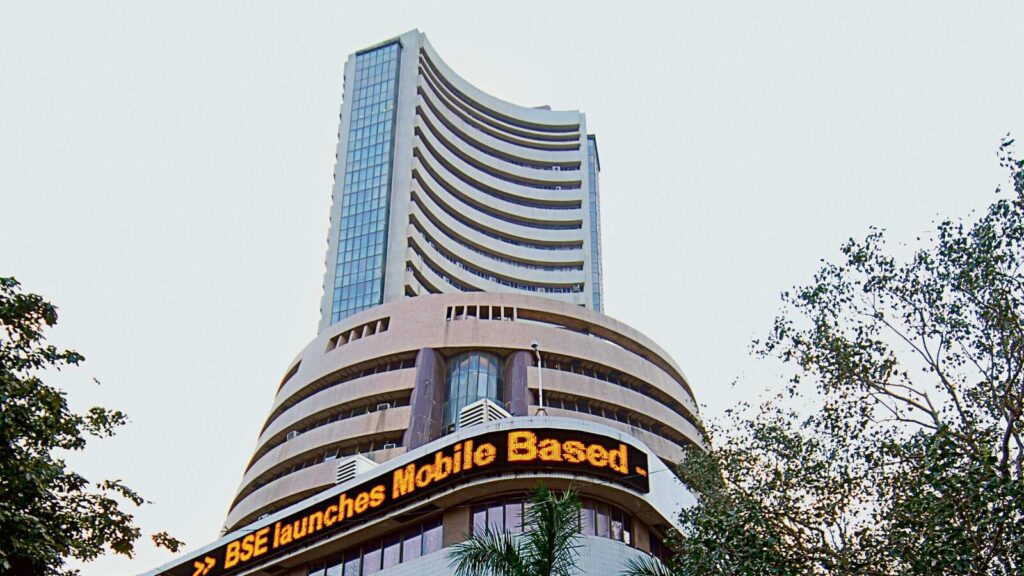Following four years of normal rainfall, last year’s monsoon was below average, with the country receiving 94.4% of the Long Period Average (LPA), which is below the lower range of normal monsoon. Additionally, the southwest monsoon showed significant irregularities, including delay in onset. According to the IMD, out of the four months of monsoon, July, and September experienced higher rainfall (113% of LPA). However, August, which is important for crop season, received the least rainfall (64% of LPA). The withdrawal of the monsoon also experienced some delays, impacting the sowing of the rabi season.
Simultaneously, the global El Niño phenomenon caused a severe heatwave in India during FY24. This climatic pattern altered the environment, reducing rainfall and causing higher-than-average temperatures in winter and summer. Culminate effect of weak rainfall and El-Nino had an impact in water reservoir levels severely. Water levels stored in reservoirs are below the 10-year average level.
According to the Central Water Commission (CWC), as of 19th October 2023, water stored in 150 key reservoirs was down 19% year-over-year, reaching only 73% of the total live storage capacity. The storage capacity was largely affected in southern region (48% of the total live storage capacity). The lower ground water level and less irrigation affected rabi crop. Around half of the total cultivated area relies on monsoon rains, and this rainfed agriculture accounts for nearly 40% of the nation’s overall food production. Consequently, wheat procurement has fallen below target levels, leading to market prices rising above the MSP.
The rural economy has already been under stress since Covid-19. Demand in the non-urban segment has not recovered since 2020 due to disruptions in income, reduced inter-state migration, high inflation, increased rural unemployment, and a decline in agricultural activities. Consequently, demand from rural areas has been weak, especially in the last 2-3 years. However, this trend is likely to reverse in FY25 due to improvements in monsoon activities and anticipated changes in government policy toward populism.
The IMD forecast the southwest monsoon (June to September 2024) to be above normal, which is in the expected range of 106% ± 4% of the LPA. Additionally, The weakening of El Nino conditions, (transiting to neutral) and the likelihood of La Nina situations during the July-September period (chances to 60%-70%), along with the emergence of a positive IOD (Indian Ocean Dipole), will enhance the southwest monsoon and suitable environment, benefiting kharif crop production, improving reservoir levels, and being helpful for foodgrains. The increase in production will boost farmers income, contain the prevailing higher food inflation, and enhance cash flows in the rural economy.
There is a risk of outliers, such as an increased likelihood of floods in certain areas due to excessive rainfall, in regions experiencing above-normal precipitation. This could result in waterlogging, negatively impacting standing crops, causing crop damage, and potentially leading to yield losses. The spatial distribution of rainfall during the monsoon season plays a crucial role in shaping agricultural outcomes, farm incomes, food prices, and overall economic stability across different regions.
Over the past year, sectors like FMCG (staples & non-staples), consumer durables, cattle, fertilisers, and others have underperformed relative to the main indices. This underperformance can be attributed to weak demand in rural areas on account of the unfavourable weather conditions and low income, which adversely affected agricultural production. Moreover, high inflation has compounded the situation, reducing the purchasing power of the rural market. However, there are indications of a gradual recovery in rural demand within these sectors, driven by a decline in inflation and strategic initiatives implemented by companies to stimulate sales volumes.
The new coalition government is expected to adopt a more populist approach compared to the previous term, primarily due to unrest in rural communities stemming from stagnant income levels and limited job creation, failing to meet earlier projections. We can anticipate that government expenditure and beneficiary schemes will increase among the underprivileged. This is likely to have a double blessing effect on rural demand, which will be positive for sectors like FMCG and Consumption, which are highly oriented to rural demand.
The author Vinod Nair, is the Head of Research at Geojit Financial Services.
Disclaimer: The views and recommendations provided in this analysis are those of individual analysts or broking companies, not Mint. We strongly advise investors to consult with certified experts before making any investment decisions, as market conditions can change rapidly and individual circumstances may vary.
3.6 Crore Indians visited in a single day choosing us as India’s undisputed platform for General Election Results. Explore the latest updates here!
Download The Mint News App to get Daily Market Updates.
Published: 09 Jun 2024, 03:58 PM IST

